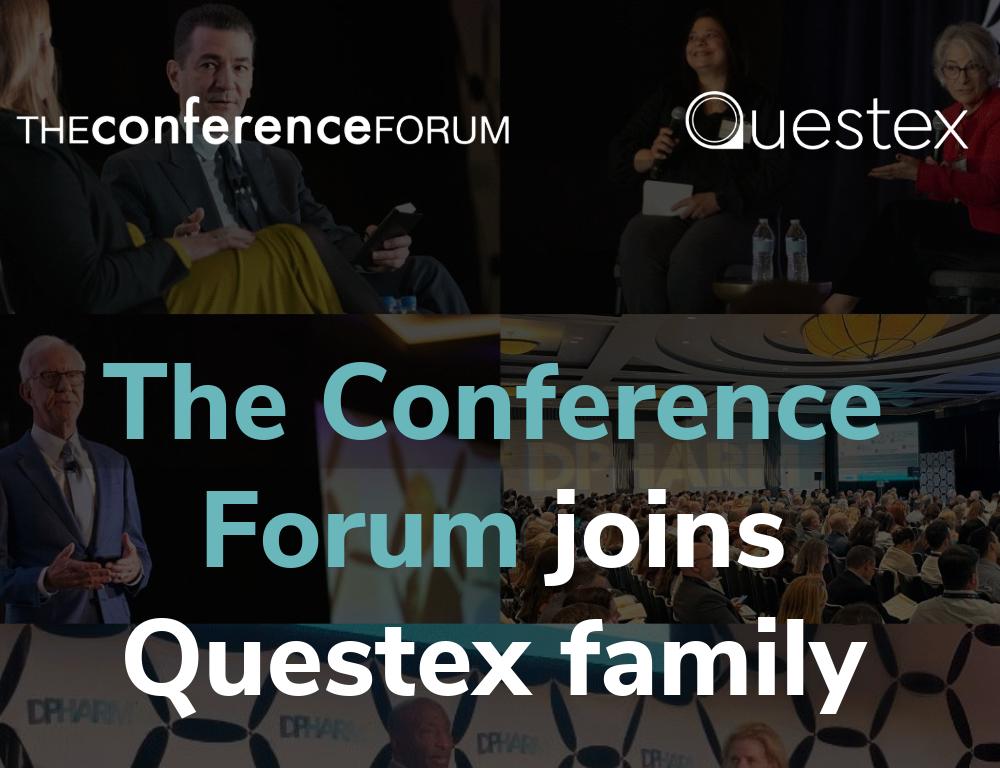How AstraZeneca Created a Chronic Disease Management System for Patients and Clinicians
Abigail Staible discusses how AstraZeneca worked with Massachusetts General Hospital to develop a remote chronic disease management system. She is Director of Global Commercial Digital and Innovation, AstraZeneca.

Can you give the background on AstraZeneca’s interest in remote monitoring?
Remote patient monitoring is a very compelling value proposition for pharma to get behind and invest in, to identify patients with chronic diseases for clinicians to be able to engage with them.
We set out to partner with a technology company, because it’s not our core business. So while AstraZeneca is partnering with experts on innovative technology solutions, we have deep clinical and scientific knowledge around this chronic disease patient population and how to best manage these patients. The key stakeholder here are the users themselves – the clinicians and patients – so we are designing it with them in mind.
What is Amaze?
This is a patient-facing app that allows patients to report outcomes and more. There is symptom tracking. They can receive their medication lists that come from the electronic health records; there is that medication reconciliation trust built, because this is coming from the clinician workflow itself. There is also patient education and messaging capabilities with their care team.
The clinician dashboard is actually integrated into the electronic health records. The clinicians are pulling up the patient’s chart as they would normally in their workflow. They’re seeing the data from the app, as well as data from the clinical record in one view. They’re able to message the patient through their existing workflow, change the medications, which then syncs with the patient-facing app. We’re trying to minimize the burden on the clinician to improve use, because we realized if the clinicians don’t use it, patients aren’t going to use it. They’re not going to put data into an app if it doesn’t actually translate into clinicians changing the way they’re managing their patients based on the data they’re seeing.
I understand you did not develop this app in silo. Can you tell us more about that?
It was July 2019 when we started engaging with Massachusetts General Hospital. They are the gold standard of medicine. So we felt if the Massachusetts General Hospital clinicians and patients see value in this, then others will follow.
From the very beginning, it was an alignment of the vision. Massachusetts General Hospital was interested in building tools to improve the care and outcomes of patients suffering from chronic disease. They wanted a platform approach. They didn’t want point of care solutions that would just create noise for their patients and their providers. They saw an alignment with AstraZeneca and our commitment to building evidence and building this with them.
"From the very beginning of building the Amaze platform, we knew we couldn’t build this in the silo of pharma. We needed to build this with the users and the ecosystem players."
What was the timeline?
We embedded in January of 2020, and started co-designing and co-developing the tool. Studies were launched in Q1 of 2021. And they ran through and completed last year. It was a two-year collaboration. But from the first meeting to developing a product and running it through clinical trials, two years was an extremely accelerated timeline. It was also all remote during the COVID-19 pandemic, which took trust and collaboration across the two parties, as well as an intense alignment to the vision. And the vision was always “Who are we serving here?” It’s the patients.
What indications did you start with?
We started in asthma and heart failure, because both of these use cases end up sending patients into emergency rooms with high hospital utilization.
From the very beginning, the vision was one interface from both the patient and clinician side and integrated into the clinical workflow. From a user experience, patients want one app across different diseases. Clinicians want one dashboard where they’re managing all of the data on the patient and it is integrated into their workflows. And so to drive improved outcomes and improve cost of care, if we can minimize ER visits and hospitalizations with these two use cases, we’re going to be saving the system money as well.
What metrics did you use to gauge success?
We started with use: do patients and clinicians use it? Do they like it? How much are they using it? There were those typical metrics that you’re looking at from any technology platform: how many logins; how many times a week they log in; how that is sustained over time, etc.
Our asthma study ran for six months. Our heart failure study was a 30-day readmission study. We wanted to know age, demographics, education level, all of those kinds of pieces, like what kind of patient uses it. And, of course, from a core mission of AstraZeneca, it was critical that this reach a broad scope of patients. We really wanted to make sure that it had a diversity and inclusion piece. When you think about a heart failure patient, those patients are often older, and the thought of engaging in a patient-facing app, will they be overwhelmed by the use? And we found that was not the case.
How were patients onboarded or consented to the app?
This is not to replace that patient-clinician relationship; it was to enhance that relationship. Therefore, we did the work of integrating into the health system, like our partners at Massachusetts General Hospital, with the concept that the clinician was the one inviting the patient. We made the patient experience white- labeled to the provider system they were in. The patient was experiencing a Massachusetts General Hospital experience. The education was Massachusetts General Hospital-specific. They could make appointments through the Massachusetts General Hospital portal. AstraZeneca was nowhere to be seen, which was truly core to the vision as well, because this has nothing to do really with AstraZeneca. This has everything to do with improving the care of patients suffering from chronic disease.
You did pilots in asthma and heart failure. Were there differences in how they were received by patients in those two groups?
The average asthmatic patient is not going to interact with this app unless they’re feeling really poorly. Therefore, you’re going to get a lot more patients interacting with the platform that are more severe asthmatics, who need a lot of touchpoints, or aren’t feeling well.
And then you have heart failure patients who were onboarded as they were getting discharged from the hospital. There is a lot more intensive responsibility put on the patient. Typically, when a patient is discharged, they get 40-60 pages of a discharge summary with all these tasks that they need to complete. We saw very high use in this heart failure patient population to the point that, when the study ended, the patients asked if they could keep using it. The clinicians felt they were ready to deploy that into clinical use.
"The vision was one interface from both the patient and clinician side and integrated into the clinical workflow."
What type of patient input triggered a clinician response?
What we did was build the capacity for clinicians to create their own algorithm, if you will, to prioritize patients. They could set their own rules – “If this patient reaches XYZ blood pressure,” for example, – for the system to flag them. It was about leaving the decision- making to the clinician, but we designed the technology to be able to support that, so that we could complement and make them more efficient and effective in their roles.
That is why I’m a big fan of the partnership ecosystem. From the very beginning of building the Amaze platform, we knew we couldn’t build this in the silo of pharma. We needed to build this with the users and the ecosystem players. That meant getting input from the payers, getting input from the health systems, getting input from the patients, and getting input from the technology partners themselves.
You piloted this with Massachusetts General Hospital. Have you piloted with other hospitals?
We also worked with a specialty asthma and allergy clinic network in Texas. We went from a large integrated system – an academic and gold standard of medicine – to a very small specialty practice, privately owned in Texas with 10 clinics. We did that on purpose to show its value and its use using the 80-20 rule. 80% of the platform was built, but 20% was always customizable to the workflow. The reality is, if you know one health system, then you only know one health system. That is what no one has been able to crack: this true scale. That’s something we’re still on the journey with.
What would be your advice to other pharma groups embarking on this journey?
The number one thing is to think about it in a patient- centric way. We’re not building this for pharma. We’re building this for patients. So you switch from a product focus to a patient focus. Number two is patience. This is really hard work, and even big tech companies have struggled in this space. It’s not going to be a quick fix. It takes time; it takes trust. And number three: it really does take a partnership approach. You cannot build these tools in silos. Healthcare is an ecosystem; it is not just a health system here and pharma over there and a payer over there. All of them need to be integrated together driving improved patient outcomes.
For more information on DPHARM: Disruptive Innovations to Modernize Clinical Research, visit DPHARMconference.com.







